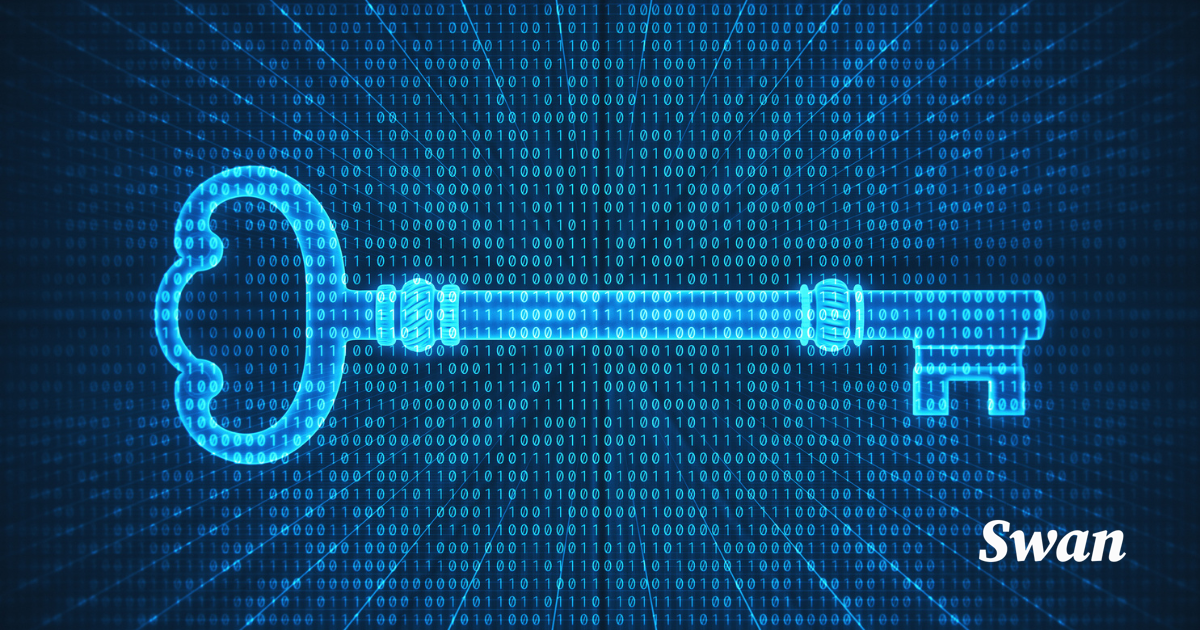- Bitcoin in Action
- Posts
- Secure Your Bitcoin: A Comprehensive Guide to Multisig Wallets
Secure Your Bitcoin: A Comprehensive Guide to Multisig Wallets

Due to the recent controversy with Ledger and their “Recovery Service” firmware update with optional opt-in. The most important question of the moment is how to safely store your bitcoins.
Storing Bitcoin with Multisig: A Primer
Not your keys not your coins
As Bitcoin continues to ascend in both popularity and market value, the question of how to safely store this digital asset becomes increasingly relevant. One of the most secure methods for storing Bitcoin is through the use of multi signature wallets, commonly referred to as "multisig."
What is Multisig?
Multisig is a technology that allows multiple keys to sign a Bitcoin transaction. As the name suggests, multisig requires multiple signatures to validate an outgoing transaction. The intention behind this method is to enhance security by making it more difficult for unauthorized parties to access your funds. Multisig is characterized by a structure written as 'm-of-n', where m represents the required number of signatures and n signifies the total number of keys. For instance, a 2-of-3 multisig structure requires two signatures out of a possible three to approve a transaction.
Setting Up a Multisig Wallet
Several wallet providers offer multisig services, each with varying levels of user-friendliness and security measures. Some popular options include Electrum, Armory, Blockstream Green and BitGo.
Let's consider the setup process for a multisig wallet using Electrum:
Download and Install Electrum: First, download the latest version of the Electrum wallet from the official website https://electrum.org/ and install it on your device.
Create a New Wallet: Open Electrum and select 'File > New/Restore'. Enter a name for your wallet and choose the 'Multi-signature wallet' option.
Configure Your Wallet: Define your 'm-of-n' parameters (e.g., 2-of-3). You will then need to generate or import the required number of keys. For a 2-of-3 multisig setup, you would need to generate or import three keys.
Backup Your Seeds: Each key will have an associated seed phrase, which is a list of words that can be used to recover your wallet if you lose access to your device. It is essential to write down these seed phrases and store them in secure locations.
Operational Practices
After setting up your multisig wallet, it's crucial to establish secure operational practices. For example, if you're using a 2-of-3 multisig setup, consider storing each key in a separate location. This method decreases the chance that an unauthorized party can access all your keys at once.
In the event you're managing the multisig wallet with others (e.g., in a business setting), ensure each party has access to only one key. This precaution ensures no single individual can control the entire wallet.
Conclusion
While setting up a multisig wallet involves more steps than a standard Bitcoin wallet, the additional security benefits make it a valuable tool for storing Bitcoin. By requiring multiple signatures for transactions, multisig wallets make unauthorized access significantly more challenging, thereby securing your valuable digital assets.
Remember, the safety of your Bitcoin is dependent on your practices. Regularly update your software, keep your keys safe, and never share sensitive information. With these precautions in place, a multisig wallet can provide a robust security solution for your Bitcoin storage needs.
Types of Wallets
Hot Wallets
A hot wallet refers to a digital cryptocurrency wallet that is connected to the internet. Because of this connection, hot wallets provide more convenience for frequent trading and transactions, as they allow easy access to funds. However, they are also more susceptible to cyberattacks and hacks due to their online nature. Examples of hot wallets include online wallets, mobile wallets, and software wallets on a personal computer.
Cash App
Wallet of Satoshi
Muun Wallet
Phoenix Wallet
Keeper Wallet
Blue Wallet
Zeus
Exodus
Trust Wallet
Green
Zap (Windows, Mac OS)
